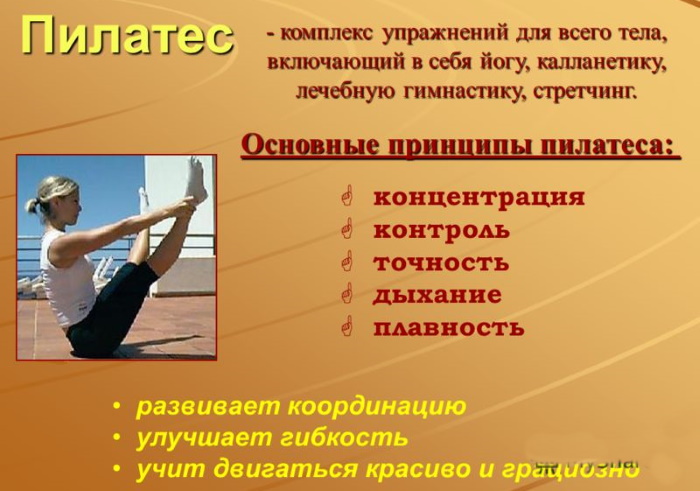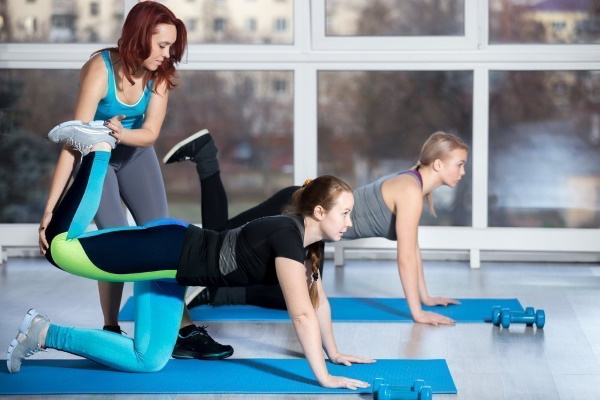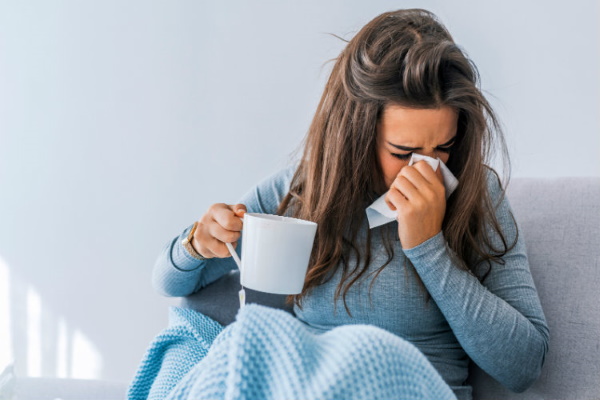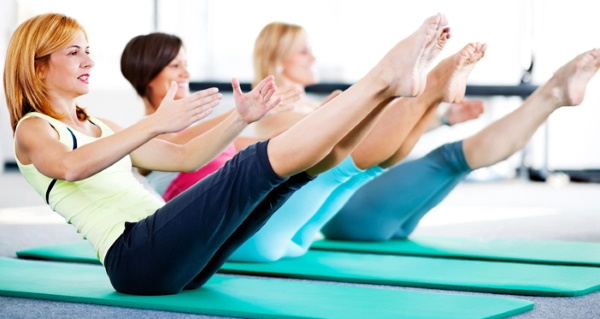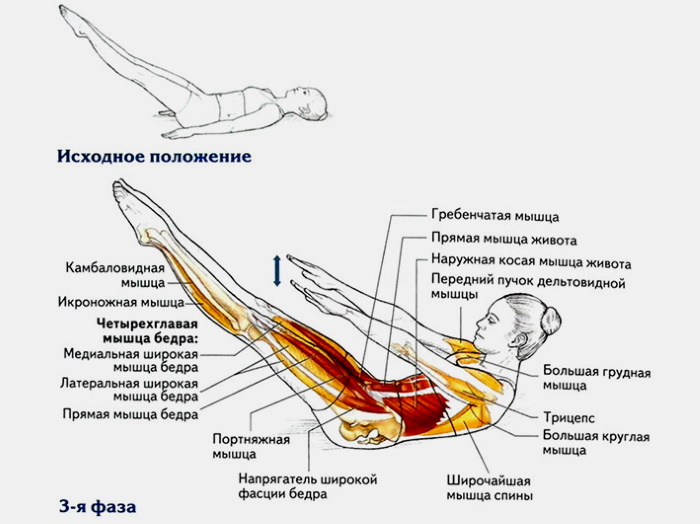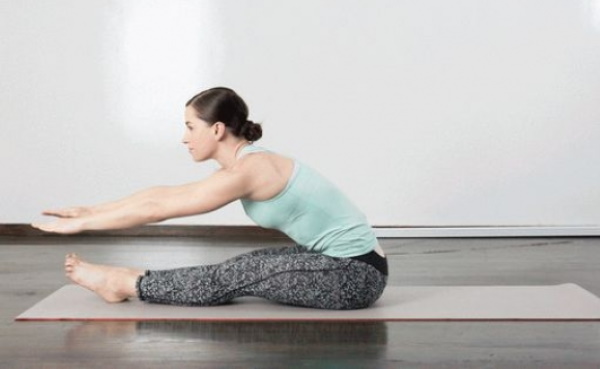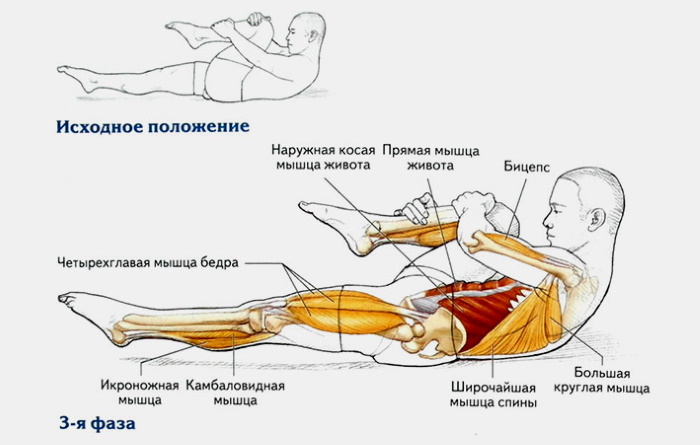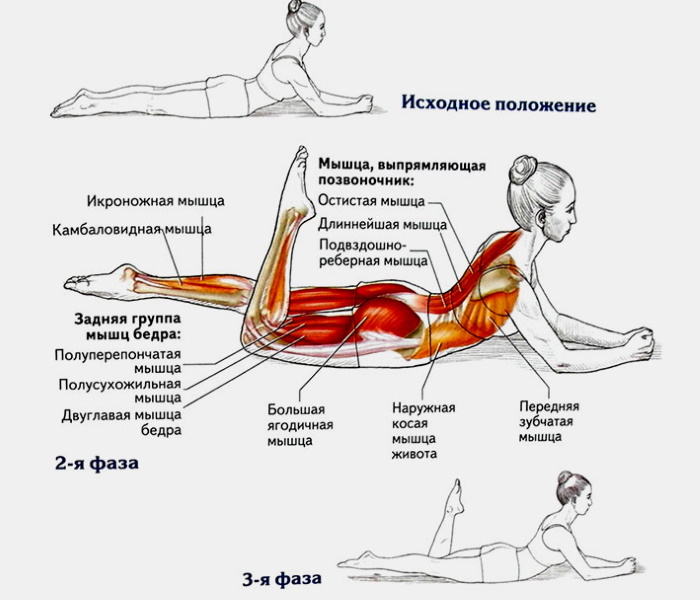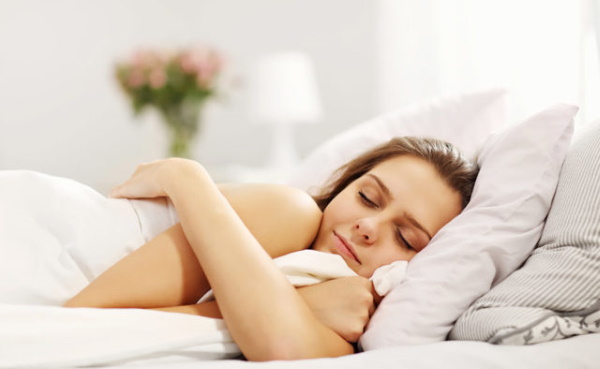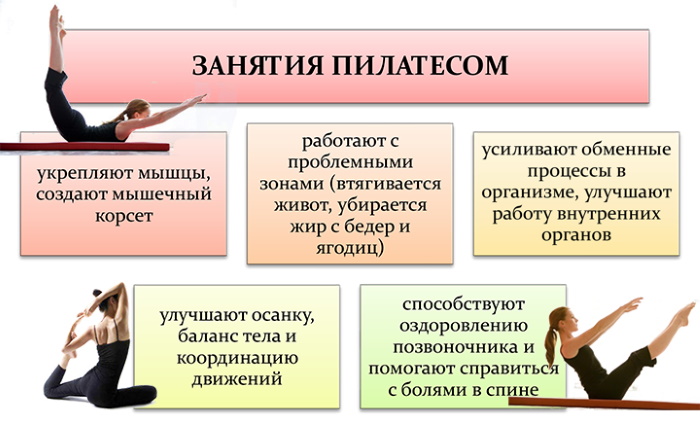Pilates is a set of special exercises suitable for beginners. It is intended for building a flexible, strong and beautiful body, as well as for rehabilitation after injuries.
The essence and basic principles of Pilates
The set of exercises was developed by Joseph Pilates during the First World War. These exercises were designed to rehabilitate injured soldiers. After the war, Pilates was used to help athletes recover from injuries.
Over time, this training system gained more and more popularity with artists and celebrities, and later became a world famous fitness area. The peculiarity of the complex is that it includes leisurely exercises based on yoga and other eastern techniques. Pilates, like yoga, combines the work of the mind and body.
Pilates is built on the following principles:
- Concentration... It is a conscious study of every muscle in the body. The movements should not be performed by inertia, each exercise should be performed with maximum concentration and meaningfulness. It is important to understand what each exercise is for and how it will affect the condition of the muscles and the body as a whole. Only a movement performed correctly will benefit.
- Centralization - all exercises are based on strengthening the rectus and transverse abdominal muscles. In Pilates, this area is considered a "source of energy" and a "frame of strength". When performing any exercise, it is important to fix the lumbar spine. To do this, it is necessary to constantly keep the abdomen pulled in, so that the navel is "glued" to the spine. This is what fixes the lumbar spine during exercise and reduces the risk of injury. Before starting training, it is important to learn how to properly stabilize the spine. This is the foundation of the entire Pilates technique.
- Correct breathing... The main thing in Pilates is to control your breathing. While doing the exercises, you need to breathe in the same rhythm as in everyday life. Take a deep breath with your nose and exhale with your mouth. In the process of breathing, only the ribs and chest are involved, while the abdominal muscles should be tense. Pilates improves the body's metabolism, oxygenates the lungs and purifies the blood.
- Muscle control... Pilates exercises should be done deliberately, not reflexively. Beginners need to learn to listen to their body during exercise - it is important not to catch their breath when doing exercises, subordinate muscles to their will and control their sensations from exercise. Painful sensations and severe fatigue during Pilates are unacceptable, this must be strictly monitored.
- Accuracy of execution... Pilates exercises are easy, but they will only be effective if done correctly. The technique of performing the exercises includes many nuances, and the slightest mistake can ruin everything. Correct breathing, body position and tension of individual muscles are important here. The emphasis is on the quality of performance, and not on the number of repetitions of the same exercise.
- Smoothness of movement... Haste is strictly prohibited here. One movement should be slowly and smoothly replaced by another. Breathing should be deep and rhythmic, if it gets lost, you need to slow down.
- Isolation of specific muscles... Each exercise is aimed at working out certain muscles, while all other muscles should be relaxed. This process must be controlled mentally, straining only the right muscles. At the same time, the body should be relaxed.
- Visualization... To achieve the best result, it is important to train the body in unity with the mind. It is important to associate the exercises with any events and vividly represent the process of their implementation. For example, stretching upwards, you can imagine how the crown touches the ceiling. The muscles will receive the desired signal from the brain, and the exercise will be performed as accurately and efficiently as possible.
- Regular exercise... The ideal option is to train up to 3 times a week. The effect of training will quickly disappear if you do not practice Pilates regularly.
Indications for the beginning of use
Pilates exercises for beginners are very beneficial in helping to fight and prevent various diseases. This is especially true for diseases and injuries of muscles and the musculoskeletal system. Pilates helps prevent and treat osteochondrosis and herniated discs. These diseases are caused by damage to the intervertebral discs.
Strengthening the intervertebral and supporting muscles is essential to stabilize the spine. This can be accomplished by doing Pilates exercises. In addition, with regular exercise, the flexibility of the spine increases. With these diseases, Pilates can be practiced only after consulting a doctor and only at the stage of remission.
There should be no pain during exercise. This training system has a gradual gentle effect, so there will not be a significant improvement in the condition in a short time. Pilates is indicated for the prevention and treatment of arthrosis. This disease affects the joints, as a result of which there is their deformation and limited mobility.
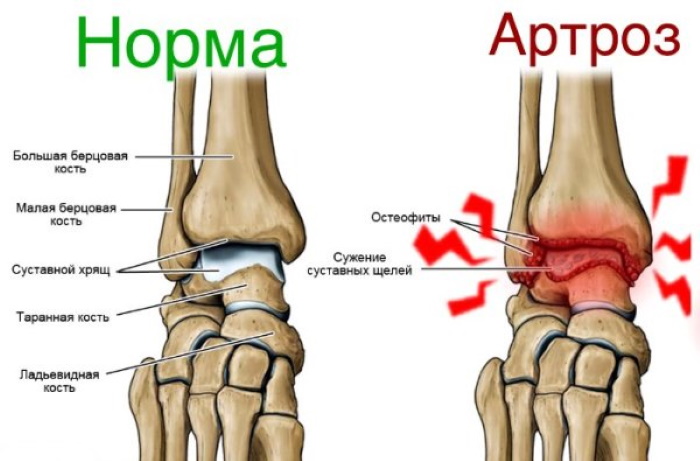
Pilates helps to strengthen the ligaments and joint muscles. This reduces the risk of joint deformation. This set of exercises will help only in the early stages of arthrosis, in other cases, classes can be dangerous to health. In the early stages of scoliosis, this set of exercises is also recommended. For severe scoliosis, many Pilates exercises are contraindicated.
As a result of the exercises, the muscle corset is strengthened. The muscles keep the spine from further curving. Pilates is indicated for headaches (especially migraines). Exercise releases muscle clamps, which allows oxygen to flow better to the brain. Headaches often occur precisely because of insufficient oxygen supply to the brain.
This set of exercises is shown for people who lead a "sedentary" lifestyle - schoolchildren, students, office workers. It is important to practice Pilates for people over 40 years old, this will prevent diseases of the joints, muscles and ligaments.
During adolescence, Pilates can help combat muscle pain during hormonal growth.
Pilates exercises for beginners are used to treat obesity. This is especially true of the last stages of this disease, when shortness of breath and muscle weakness appear. It is not recommended for overweight people to start with heavy training, this will lead to heart, muscle and joint problems.
Pilates exercises do not put a lot of stress on the body, most of them are easy to perform. With regular exercise, the level of subcutaneous and internal fat slowly decreases, muscles become stronger, appetite decreases and metabolism normalizes.

 Don't miss the most popular column article: Body drying for girls. Training program, detailed nutrition menu for a month by day.
Don't miss the most popular column article: Body drying for girls. Training program, detailed nutrition menu for a month by day.Contraindications for use
Pilates exercises for beginners have the following contraindications:
- Viral and colds accompanied by high fever.In this case, the coordination of movements is significantly impaired and there is a risk of injury.
- Oncological diseases (especially bone cancer). In this case, there is a risk of getting a fracture even with a small load.
- Untreated dislocations, fractures and muscle strains. Pilates is used at the stage of rehabilitation, only after complete recovery. Otherwise, you can only make the problem worse.
- Scoliosis 3-4 degrees. With a slight curvature of the spine, Pilates exercises are not harmful. With severe scoliosis, the “center of power” may not be able to withstand the constant load, and the problem may worsen.
- Mental illness. Pilates is based on the conscious elaboration of the body muscles. It is difficult for people with mental disorders to concentrate on the perception of their own body.
- Risk of bleeding.
Helpful advice for patients
Before practicing Pilates, the patient must make sure that this system of exercises will not harm him.
To do this, your doctor need to find out the following facts:
- List of diseases and injuries suffered in a lifetime.
- Assessment of mental and physical health at the start of Pilates.
- Assessment of the level of physical fitness.
It is best to start classes with a trainer, he will select individual exercises depending on the patient's health condition. At first, the coach must control the performance of each exercise. You can also practice Pilates at home, but only if the patient has learned how to correctly perform all the exercises of the course.
It is important to remember a few more tips:
- Pilates clothing should be soft and comfortable. It is important not to wear loose clothing, it will interfere with monitoring the correctness of the exercises.
- No shoes are needed for practice. Pilates is practiced on a special rug with bare feet or in socks.
- It is better to put a roller or a small pillow under the back, so the load on the spine will decrease.
- You can not crush food before exercise and after it. Immediately after exercise, you can drink water or green tea.
- No need to rush to memorize all the exercises at once. It is better to master only two exercises a day, but do them correctly and consciously.
- Doing Pilates is fun. Pain, fatigue, nervousness, and lethargy are reasons why you should postpone your workout.
Main complex
Pilates exercises for beginners include a warm-up, a set of basic exercises and stretching:
- Start training you need to warm up. These can be simple movements of the arms, legs and neck, stretching, bending of the body to the sides or back and forth. The main thing is to warm up all the muscles well. Before starting the warm-up, you need to take a couple of deep breaths and a couple of forward bends.
- The first Pilates exercise is called the "hundred." It is aimed at strengthening the abdominal muscles and arms, as well as stretching the arms and neck. Important in this activity, the stabilization of the lumbar spine. The exercise is performed lying on your back, while the legs should be bent at the knees. On exhalation, it is necessary to simultaneously tear the shoulder blades off the floor and raise your legs up. The arms are extended forward, palms down, the stomach is drawn in. The lower back should be flat on the floor. This position must be fixed for the longest possible time, and on exhalation, take the starting position.
- "Kicking circles." This exercise is necessary to strengthen the transverse abdominal muscles, as well as to strengthen the muscles of the pelvis and hips. It's a good workout for the hip joint. The exercise is performed lying on your back, arms along the body, one leg bent at the knee. As you exhale, you need to raise your straight leg up, turning the heel slightly inward. At the same time, you need to draw in the abdomen and stabilize the lumbar spine. The toe of the foot stretches towards the ceiling, the shoulders and upper back should be relaxed.In this position, it is necessary to make a circular motion with the foot (in this case, it is advisable to imagine how the big toe draws a circle on the ceiling). You need to start moving down and inward. The leg muscles should be as tense as possible.
- Twisting. Exercise strengthens the center of power and abdominal muscles. Twisting develops the spine well. Starting position - lying on your back, arms along the body, legs straight. As you inhale, you need to stretch your arms forward, while exhaling, tilt your body forward. In this case, it is necessary to tighten the abdominal muscles, and round the back. All movements should be slow and fluid. Then you need to inhale and exhale slowly return to the starting position.
- Neck traction... The exercise engages the abdominal muscles, neck and hamstrings. It is performed lying on the back, hands are behind the head, legs are shoulder-width apart, the stomach is pulled in. As you exhale, it is necessary to raise the body from the floor and straighten your back, trying to reach with the top of your head towards the ceiling. On inhalation, return to the starting position. You cannot take your legs off the floor and bend them at the knees.
- Rolls on back... Exercise helps to stretch the muscles of the spine, strengthen the abdominal muscles, and improve coordination. Performed while sitting on the floor. Hands need to grab bent knees, lifting the feet off the floor. The abdomen is pulled in, the body must be in balance. From the starting position, you need to roll back to the edge of the shoulder blades and return to the starting position. At the same time, the back is rounded. Exercise should be done by muscles, not by inertia.
- Stretching legs alternately... Exercise strengthens the abdominal and leg muscles. Lying on your back, it is necessary to tear off the shoulders and shoulder blades from the floor. One leg is torn off the floor and stretches forward. The other leg must be raised up, clasping the ankle with your hands. It is necessary to make several springy movements with your hands towards yourself, and then change your legs.
- Twisting back... Exercise strengthens the oblique abdominal muscles. It is performed while sitting on the floor, legs are stretched forward, socks are pulled "towards themselves". Hands are raised at shoulder level and spread apart. On exhalation, it is necessary to turn the body to the side and make another springy movement in this direction. On inhalation, you must return to the starting position. Then make a turn to the other side.
- Raising the legs... The exercise is performed lying on its side, the lower leg is bent, the upper leg is parallel to the floor. On exhalation, it is necessary to slowly raise the leg up, while the pelvis and trunk should remain in place. On inhalation, you need to return to the starting position. Repeat the exercise several times, and then roll over to the other side.
- Head rotation... This is an exercise for the muscles of the back, arms and neck. To perform it, you need to lie on your stomach with your palms at your chest. On exhalation, it is necessary to rise up on bent arms so that the pelvis is pressed to the floor, and the stomach remains in weight. In this position, you must slowly turn your head to the left, then slowly lower it down and turn to the right. On exhalation, it is necessary to lower the body to the floor.
- Overwhelm... The exercise trains the muscles of the buttocks, back, arms and thighs. Starting position - lying on your stomach, hands behind your back are locked in a lock, elbows are on the floor. With springy movements, bending your knees, you need to try to reach your buttocks with your heels.
At this point, your workout can be completed with a few simple stretching exercises or simply relaxing on a gymnastics mat.
Recommended number of repetitions of exercises:
| Exercise name | Number of repetitions |
| A hundred | 5 to 15 times |
| Circles with feet | 3-5 laps for each leg |
| Twisting | 6-7 times |
| Neck traction | 5 reps |
| Back rolls | 5-10 rolls |
| Stretching legs alternately | 5-10 times |
| Twisting back | 5-6 times in each direction |
| Raising the legs | 10 movements for each leg |
| Head rotation | 3-6 times in each direction |
| Overwhelm | 5-7 times |
Fixing the result
To consolidate the results from Pilates, it is recommended to lead a healthy lifestyle:
- Avoid stress and nervous disorders.
- Eat properly.
- To walk outside.
- Avoid sleep deprivation and overwork.
- Take vitamins.
It is important to have fun with Pilates and to visualize future results. You cannot practice through force and in a depressed state.
For various diseases, you should strictly follow the doctor's recommendations regarding the daily regimen, diet, medication and vitamins. It is important for people with various illnesses to have regular check-ups with their doctor to make sure that exercise is not harmful to health.

 Don't miss the most popular column article: Glutamic acid - what it is, why and how it is used in sports, bodybuilding.
Don't miss the most popular column article: Glutamic acid - what it is, why and how it is used in sports, bodybuilding.When to expect the effect
The results from Pilates classes do not come soon. This system will not help you quickly resolve all problems. With regular conscious training, after 10 sessions you can feel the difference in the feeling of yourself and your body. Visible results are achieved after 20-30 regular workouts.
Pilates should be practiced on a daily basis on an ongoing basis, this is a guarantee that the results obtained will not come to naught.
Doctors recommend this program to their patients to combat excess weight and to strengthen the body as a whole. For patients, the danger is not the system itself, but its unreasonable use. Doctors advise people with poor health to choose exercises very carefully. Such people need to study individually with a trainer, there can be no question of any group classes.
With regular individual training, patients report lightness in the body, decreased appetite, improved emotional state and muscle strengthening. Insomnia and anxiety disappear in many patients. With prolonged use of the Pilates system, a significant reduction in weight is observed, the body becomes taut and elastic, stiffness of movements and back pain disappear.
Pilates exercises are suitable for beginners, regardless of age or fitness. They are used for the rehabilitation of patients after injuries, as well as for the prevention and treatment of various diseases of the musculoskeletal system. Pilates strengthens the muscles of the whole body, helps to lose weight and normalize metabolism.
Article design:Lozinsky Oleg
Pilates Exercise Videos for Beginners
Pilates exercises for beginners, video tutorial:

